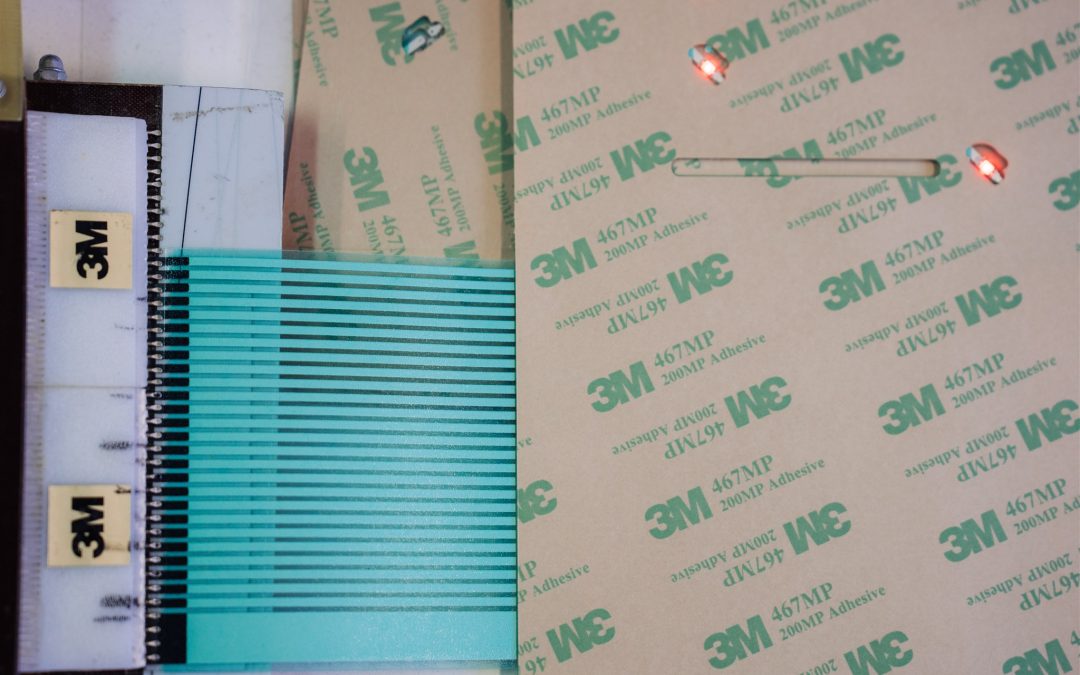Imagine you are a project manager at an automotive company. You have six weeks to build a prototype of a new touch interface. The client wants it to be modern, lightweight, backlit, and functional even when wearing gloves. Standard technology requires excessive plastic, complex assembly, and takes too long. You need a more flexible solution. This is where printed electronics can help.
When Should You Consider Printed Electronics?
Printed electronics have been around for years, but now they are affordable even for small runs and prototypes. Consider using them if you:
- want to reduce parts and make assembly easier
- need to combine functions (like lights, sensors, and connections) in one layer
- are building a single-use, temporary, or recyclable device
- work in HMI, IoT, wearables, medtech, or smart packaging
Printed electronics can create thin and flexible circuits that do many jobs—send signals, light up, and collect data. They often reduce product size by up to 50% and parts by 30–60%.
Steps to Implementation: From Idea to Production
To use printed electronics well, start with a solid plan. Here are the five main steps:
- Use analysis – define the needed functions, environment, look, and cost
- Select materials and layout – choose substrates (PET, TPU), inks (silver, graphite), and printing methods (screen, inkjet)
- Prototyping – build first samples, test them, and improve the design
- Validation – run tests for environment, strength, and durability, check if it meets standards
- Scale production – optimize processes, check quality, and integrate with housings, connectors, etc.
You need designers, engineers, and a good production partner. The key is testing and improving quickly.
How to Pick the Right Partner?
Not all PCB companies can help with printed electronics. Look for partners who:
- know new technologies
- work with small series and prototypes
- have access to quality materials and inks
- offer their own testing and engineering labs
- give advice, not just manufacturing
LC Elektronik works with Elantas, Henkel, Heraeus, and Tactotek. They can design, build, and test complete solutions.
Common Mistakes and How to Avoid Them
Printed electronics need special planning. Common problems include:
- ignoring environmental effects (UV, moisture, friction)
- wrong ink-material combination
- designing too small traces or not enough tolerance
- no fatigue or repeatability testing
- copying PCB designs without adjusting to printed tech
To avoid this:
- define key requirements early
- work closely with your supplier from the start
- test and redesign often
- use ready material libraries and standards
Case Study: Touch Panel for Automotive
A client in the mobility sector needed a light, vibration-proof, touch panel. Glass and PCB were too heavy and expensive. We used PET with silver and carbon inks and built-in LED backlight. The panel passed all tests. Response time was 30% faster and weight was 42% less than the old version. The client moved it to mass production the next year.
What If Your Team Lacks Experience?
PMs often worry their team doesn’t know this tech. Printed electronics need a new way of thinking. Try workshops or supplier consultations if you don’t have engineers who’ve used it before. You can outsource early prototypes and bring the design in-house later.
What About Budget Risks?
Printed tech may seem expensive, but smart design reduces total costs. Ask your partner to estimate total lifecycle cost (LCC)—not just parts, but assembly, testing, packaging, and after-sales. We’ve seen printed circuits reduce parts and solder points by up to 70%, cutting costs a lot.
Helpful Links:
Summary
Printed electronics are not just a trend. They offer real value in projects that need smaller size, better integration, and lower cost. For project managers, this means better timelines, faster testing, and more custom options. Work with a partner who understands both tech and business.
